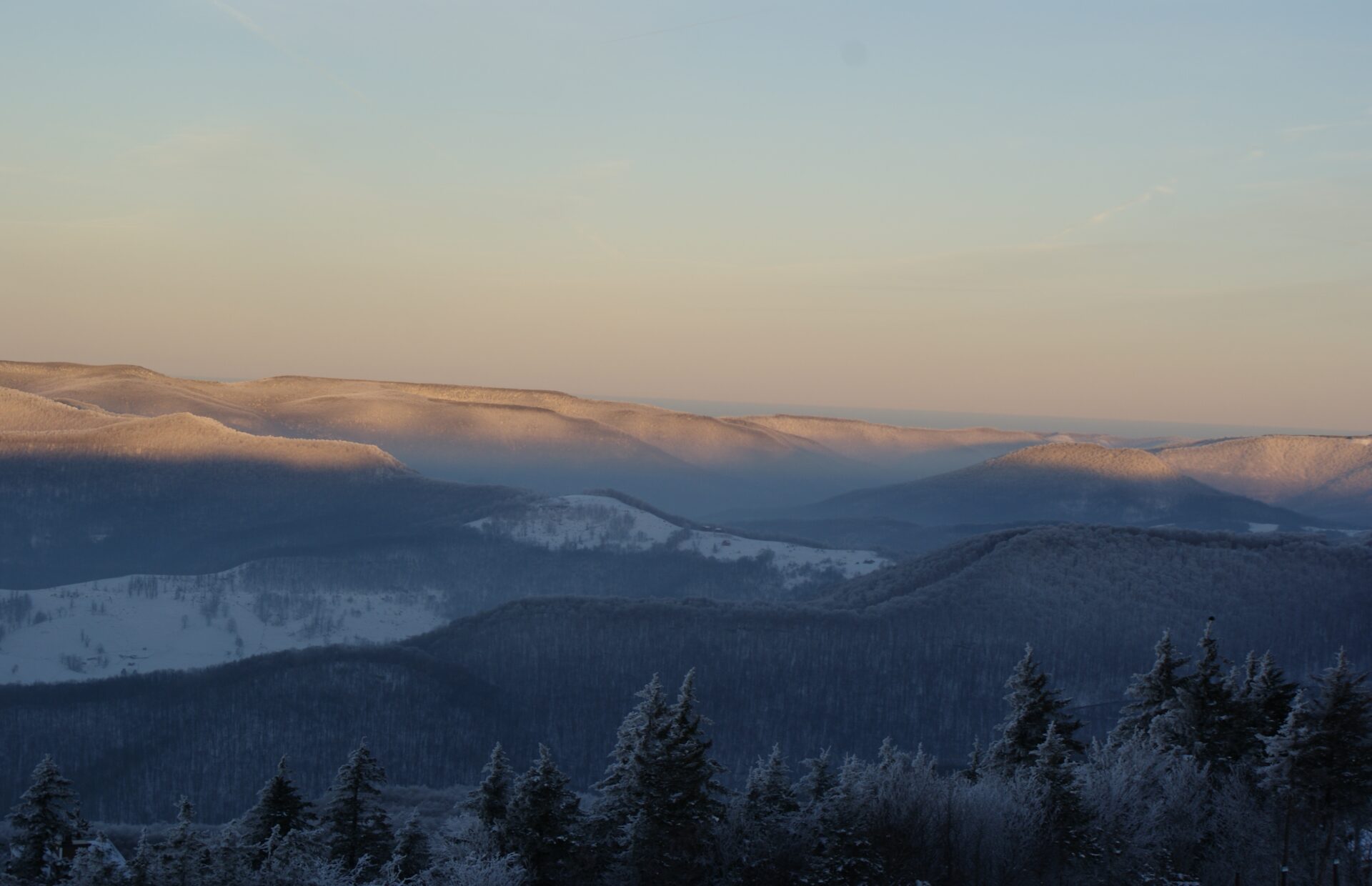Dec. 21 marks the shortest day and longest night of the year for the Northern Hemisphere.
It is the start of astronomical winter, which lasts from the winter solstice to the vernal equinox around March 20. Astronomical winter is not to be confused with meteorological winter which encompasses December through February, the coldest months of the year. Nor should it be mixed up with solar winter, which is defined as the quarter of the year with the least amount of daylight and lasts from Nov. 6 to Feb. 3 in the Northern Hemisphere.
The exact time and date of the solstice changes slightly each year thanks to the planet’s tilt, as well as its elliptical, imperfect orbit around the Sun. It most often falls on Dec. 21, though sometimes occurs Dec. 22 and rarely can happen as early as Dec. 20 or as late as Dec. 23
The winter solstice occurs at the moment the earth’s tilt away from the sun is at a maximum. According to the National Weather Service in Charleston, the exact moment occurs Thursday night at 10:27 PM when the sun is directly over the Tropic of Capricorn, located at 23.5° south of the equator.
Daylight will start to increase after the solstice, and West Virginia will have a full extra minute of sun by Dec. 27.
